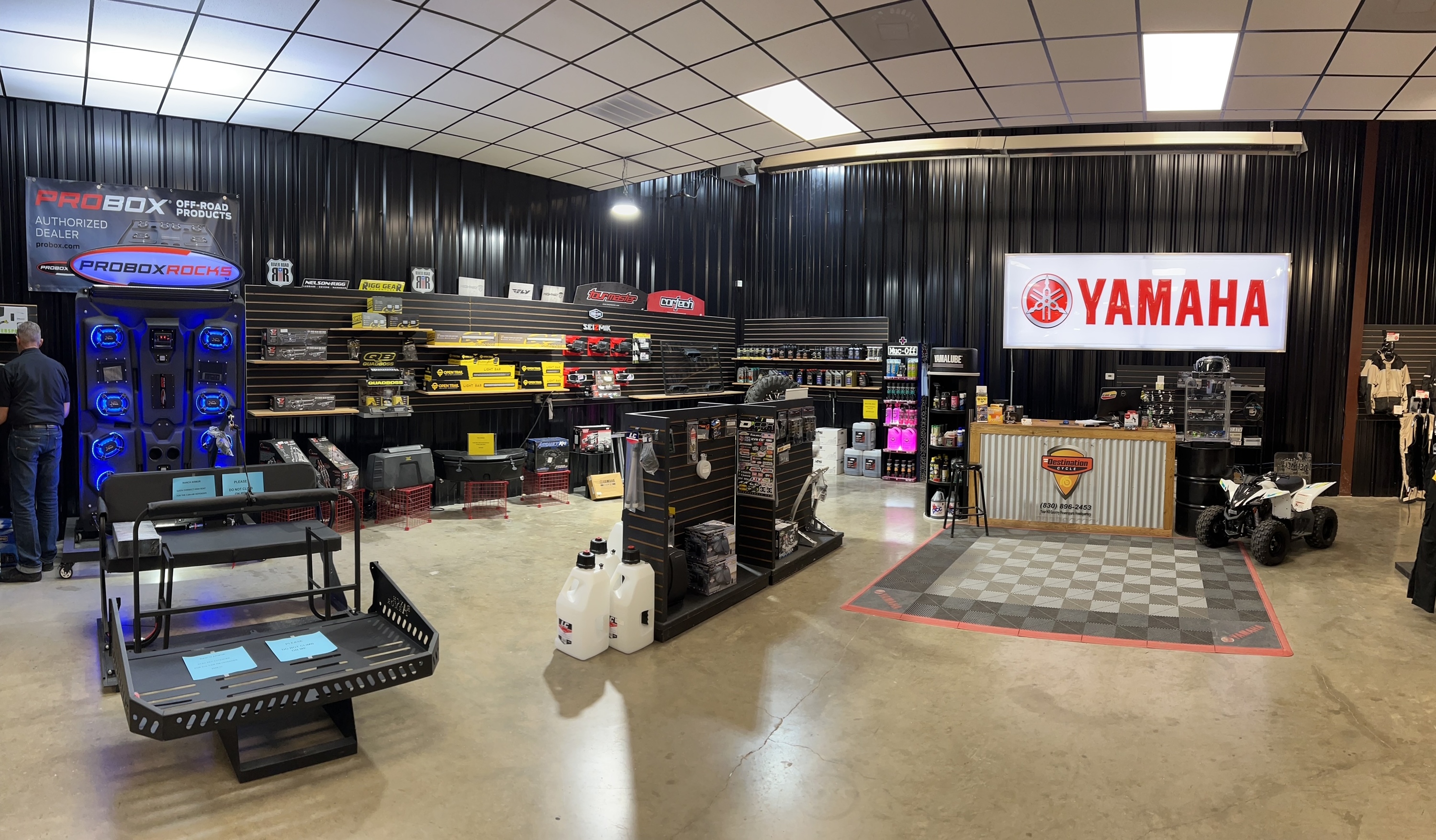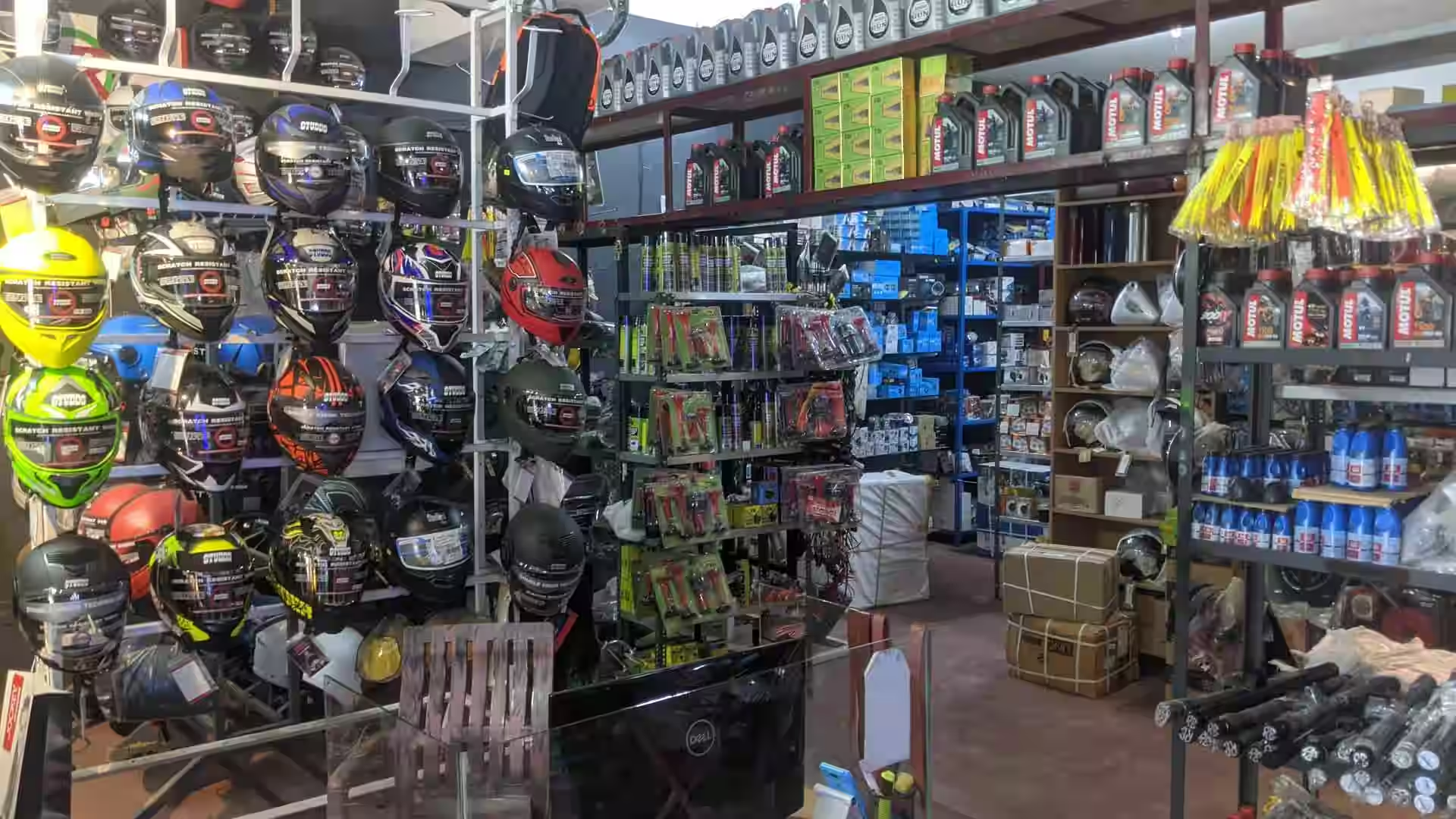Leading MX Gear NZ: Get Ready for Your Following Off-Road Experience
Leading MX Gear NZ: Get Ready for Your Following Off-Road Experience
Blog Article
Understanding the Crucial Parts of a Motorbike: A Comprehensive Overview for Fanatics
For bike lovers looking to raise their riding experience and ensure their bikes run efficiently, recognizing the necessary parts of a motorcycle is extremely important. Each aspect, from the engine's complex workings to the critical duty of the stopping systems, not only influences performance yet also safety and security and convenience.
Engine Elements

The camshaft plays a critical duty in controlling the timing of the engine's shutoffs, guaranteeing the accurate opening and closing required for effective gas and air consumption, in addition to exhaust expulsion. This timing is important to keeping ideal engine efficiency and effectiveness. Furthermore, the carburetor or gas injection system, relying on the motorbike design, is accountable for mixing air with gas in the appropriate ratio for burning.
The air conditioning system, either air or liquid-based, functions to preserve the engine's temperature level within functional limitations, protecting against getting too hot and making sure longevity - mx parts nz. Each element, diligently designed and incorporated, contributes to the seamless procedure of the engine, defining the bike's power result and total efficiency
Transmission System
Important to the motorcycle's capability, the transmission system makes certain effective power transfer from the engine to the wheels. This system consists of a number of crucial parts, consisting of the clutch, transmission, and last drive, each playing an essential role in converting the engine's power into motion. The clutch, normally run by a hand bar, serves to engage and disengage the engine from the transmission, permitting for smooth gear modifications and controlled velocity.
The transmission, commonly referred to as the transmission appropriate, contains a set of equipments that bikers can by hand move with to adjust the bike's rate and torque outcome. These equipments are prepared in a sequence that enables the bike to speed up efficiently and maintain optimum engine performance throughout different speeds. Many bikes use a sequential transmission, needing the cyclist to move gears in an established order.
Braking Mechanisms
While understanding the transmission system is crucial to taking advantage of a bike's power, similarly vital is the capacity to regulate and quit that power effectively, which is where braking devices enter into play. Brakes are vital for safety and efficiency, supplying the biker with the necessary control to browse different terrains and conditions. Usually, motorbikes feature two kinds of stopping systems: disc brakes and drum brakes.
Disc brakes are extra prevalent in contemporary motorbikes due to their exceptional efficiency. They consist of a brake disc, caliper, and pads. When activated, the caliper squeezes the brake pads versus the spinning disc, transforming kinetic energy into warm, thus slowing down the wheel. This system offers far better warmth dissipation, regular performance, and enhanced quiting additional hints power, especially in damp problems.
On the other hand, drum brakes, though much less usual, are still found in some bikes. They work by single sided swingarm pushing brake shoes against the internal surface area of a drum connected to the wheel. While normally much less efficient in heat dissipation and stopping power, drum brakes are easier and a lot more affordable.
Comprehending these stopping systems' nuances permits riders to maintain their motorbikes appropriately and value the design that makes sure efficient and risk-free quiting.
Suspension and Steering
Suspension and guiding systems are vital parts that considerably influence a motorbike's handling and trip convenience. The shock absorber, containing forks at the front and shock absorbers at the rear, absorbs roadway abnormalities, improving security and control. Front forks, inverted or usually telescopic, compress and rebound to alleviate impacts, while back shock absorbers preserve tire call with the roadway, important for traction and security.
Steering, focused around the handlebars, links the motorcyclist to the motorcycle's directional control. The guiding head bearings guarantee smooth operation, enabling precise ability to move. Appropriate placement and upkeep of these bearings are vital for predictable guiding response and reducing biker tiredness.
The suspension's adjustability is another vital aspect; preload, damping, and rebound setups enable customization to suit numerous riding conditions and styles. This flexibility is important for optimizing performance, whether browsing city streets or dealing with rugged routes. Technologies like electronic suspension systems offer real-time changes, improving ride quality throughout varied surfaces.

Electrical Systems
After making sure a smooth and regulated adventure via efficient suspension and steering systems, attention transforms to the electric systems, a pivotal facet of modern motorbikes. These systems play an important function not only in starting the engine but additionally in powering various elements that enhance the performance and security of the motorcycle.
At the heart of a motorbike's electrical system is the battery, which shops electrical power necessary for starting the engine and powering auxiliary systems - motorbike shop. The alternator or generator, combined with the rectifier-regulator, guarantees the battery stays charged while the bike functions, converting mechanical power right into electric power and maintaining voltage degrees
The ignition system, one more essential element, is accountable for firing up the air-fuel blend in the engine's cylinders. Modern motorbikes often utilize an electronic ignition system, supplying better performance and integrity contrasted to traditional systems.
Lighting systems, including headlights, tail lights, and signs, are likewise essential, making certain presence and security for the biker. Additional electronic elements such as sensing units, control devices, and shows contribute to sophisticated functions like fuel shot management, anti-lock stopping systems (ABS), and digital control panels, additionally boosting the riding experience.
Final Thought
A thorough comprehension of a motorbike's important parts, including the engine, transmission system, braking systems, suspension, steering, and electric systems, is indispensable for lovers intending to enhance safety, efficiency, and convenience. Mastery of these aspects permits notified decisions concerning maintenance and upgrades, inevitably see post improving the riding experience. By incorporating this understanding, motorcyclists can guarantee their motorcycles run at peak performance and dependability, therefore making best use of both enjoyment and durability of their vehicles.
For bike lovers looking to elevate their riding experience and guarantee their bikes run smoothly, recognizing the important parts of a motorcycle is critical.Indispensable to the motorcycle's performance, the transmission system makes sure reliable power transfer from the engine to the wheels.While understanding the transmission system is crucial to harnessing a motorbike's power, equally important is the ability to regulate and stop that power properly, which is where braking devices come into play. Usually, motorcycles feature 2 kinds of braking systems: disc brakes and drum brakes.
An extensive understanding of a bike's crucial parts, including the engine, transmission system, braking devices, suspension, guiding, and electrical systems, is indispensable for lovers aiming to optimize comfort, safety and security, and performance.
Report this page